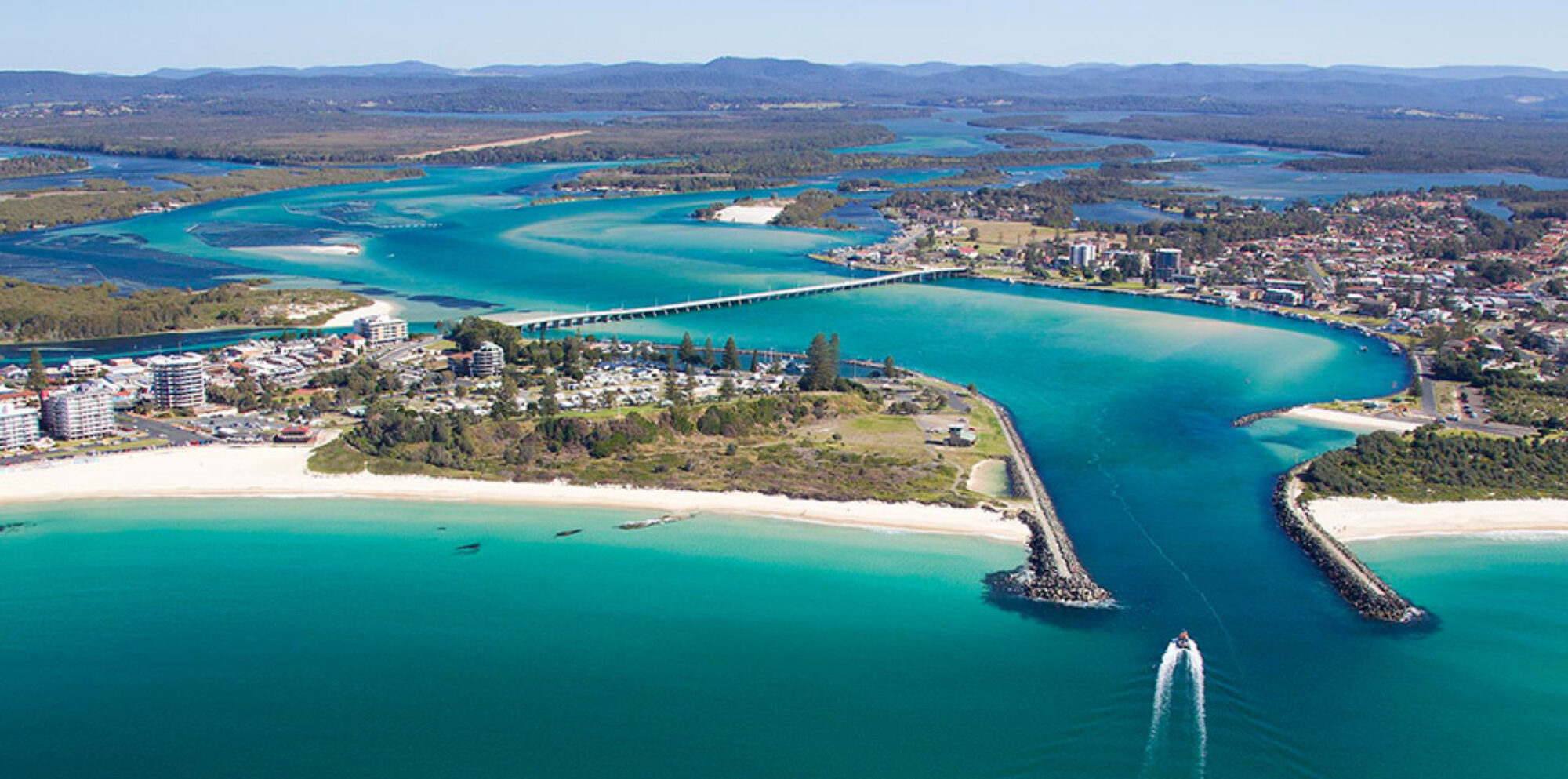Human activities have significantly contributed to pollution, leading to damaging impacts on our natural environments. Some examples include:
Industrial Pollution– One of the best examples is the Hunter Valley region. It is known for its coal mining and power generation industries. These industries release large amounts of air pollutants, including sulfur dioxide (SO₂). These pollutants contribute to poor air quality, acid rain, and respiratory issues in humans. The runoff from mining activities also contaminates water sources, affecting aquatic life. The Hunter River, which flows through the region, can be polluted by runoff containing arsenic, lead, and selenium.

Agricultural Runoff– Agriculture is a major industry in NSW, particularly in the Murray-Darling Basin. The use of fertilizers and pesticides in farming leads to runoff into rivers and streams, causing nutrient pollution. Too many nutrients in the water lead to the production of algae in the water. Algal blooms deplete oxygen in the water, causing fish kills and harming aquatic ecosystems.
Plastic Pollution– Plastic pollution is a pervasive problem along the NSW coastline. Beaches and coastal waters are often littered with plastic debris, which originates from both from land and marine activities such as boating. Marine animals, such as turtles, seabirds, and fish, ingest plastic or become entangled in it, leading to injury or death. Microplastics also enter the food chain, posing health risks to marine life and humans.
Being aware of the impact of our interactions with the environment will hopefully change our habits, reducing pollution. Simple actions like ensuring that all waste ends up in bins will reduce the chance of plastics such as water bottles entering our waterways. Following the principles of “leaving no trace” is an important first step. This is something we can all do.
